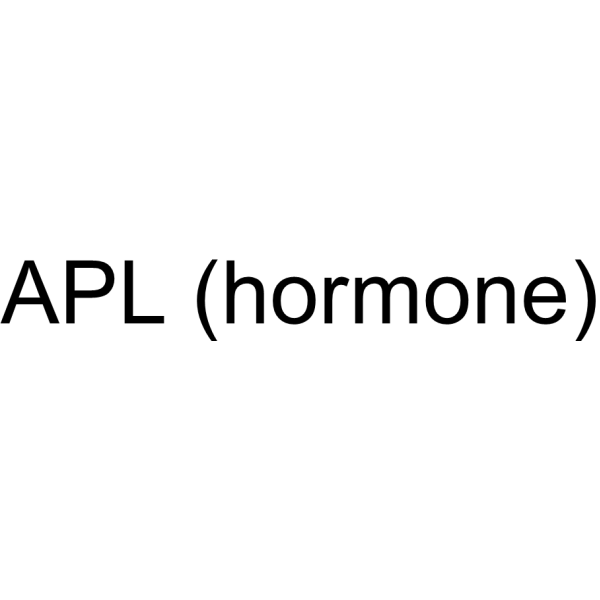Success of murine embryo transfer increased by a modified transfer pipette.
Zheng Zhang, Xiaoyan Lv, Yidong Wang, Ye Chen, Rong Zheng, Huan Sun, Guohui Bian, Yan Xiao, Qingwei Li, Qiutan Yang, Jianzhong Ai, Jingjing Duan, Ruizhi Tan, Yuhang Liu, Yang Yang, Yuquan Wei, Qin Zhou
Index: J. Reprod. Dev. 55 , 94-7, (2009)
Full Text: HTML
Abstract
Embryos transfer is one of the most critical steps for generating genetically modified mice. Because of the limitations of the current transfer equipment and techniques, such as discharge of freshly transferred embryos and the necessity of sophisticated transfer skills, the success ratio of implantation may not well satisfy the requirements for mass production of high quality animals in the field of genetically modified mice. In this study, we describe a modified embryo transfer pipette with a syringe-like tip that can easily be applied to mouse embryo transfer. Using this improved method, we show that the procedures for mouse embryo implantation are simplified and easier to perform; moreover, the viability rate of mouse embryos is 20% higher than that achieved with conventional methods. Our modified tool and improved transfer technique are effective, time-saving and less invasive, resulting in increased success of embryo transfer.
Related Compounds
| Structure | Name/CAS No. | Molecular Formula | Articles |
|---|---|---|---|
 |
APL (hormone)
CAS:9002-61-3 |
C17H28 |
|
Chronic exposures to monomethyl phthalate in Western clawed ...
2015-08-01 [Gen. Comp. Endocrinol. 219 , 53-63, (2015)] |
|
Effects of molinate on survival and development of Bombina o...
2009-03-01 [Bull. Environ. Contam. Toxicol. 82 , 305-9, (2009)] |
|
[Comparison of the amounts of hCG and PMSG to induce ovulati...
1992-04-01 [Jikken Dobutsu. 41(2) , 153-9, (1992)] |
|
Adeno-associated virus-targeted disruption of the CFTR gene ...
2008-04-01 [J. Comp. Neurol. 118 , 1578-83, (2008)] |
|
Somatic cell nuclear transfer and derivation of embryonic st...
2008-01-01 [Methods 45 , 101-14, (2008)] |